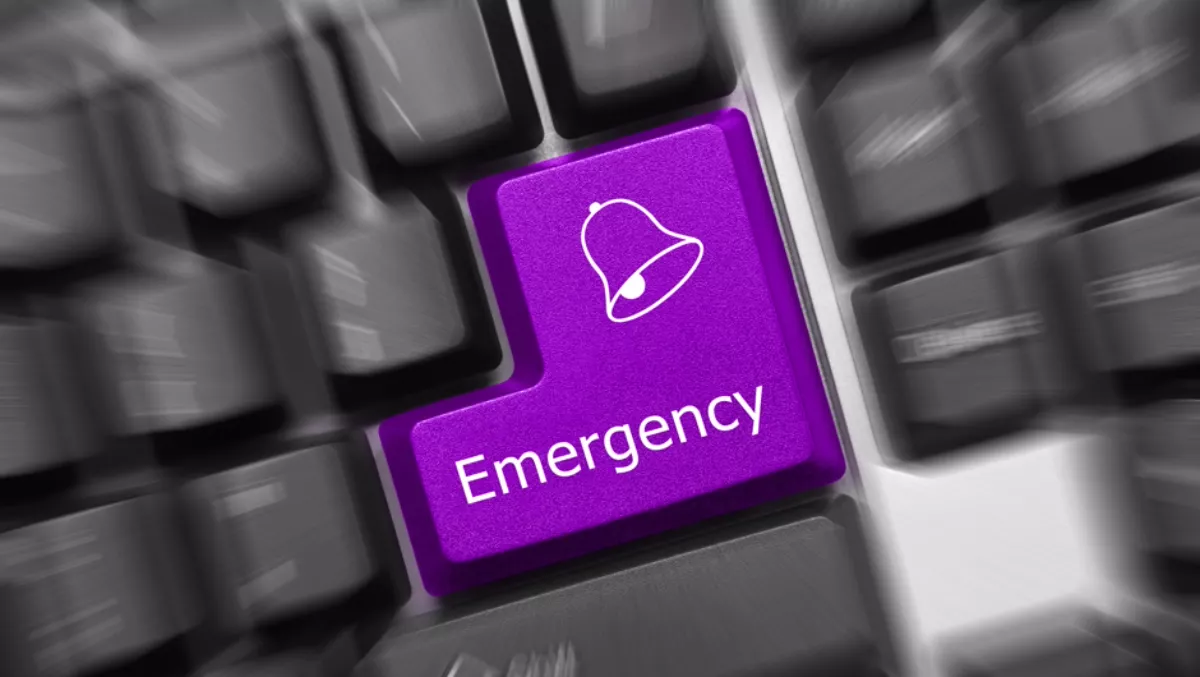
Technology can help schools communicate in an emergency
Schools, universities and academic institutions face an unpredictable combination of critical emergency situations including severe weather, natural disasters, disease outbreaks, technological breakdown, and of course, violence.
In December 2016, schools across New Zealand were evacuated because of bomb threats received via pre-recorded phone messages, prompting a national rethink of crisis response plans.
Schools handle an enormous duty of care and a broad community of stakeholders with unique and equally urgent needs for accurate and timely information in the event of any emergency.
Fortunately, modern communications technology can equip educators with highly sophisticated tools for monitoring and managing emergency situations, while keeping all stakeholders updated with the two-way flow of information in real time.
Technology can help educators meet standard operating procedures swiftly and effectively, cutting down response times, and ensuring the right people are reached quickly. Below are the most valuable tech tools, and how to best use them to help you prepare for, and respond to, an emergency.
• Multi-channel communications platforms – When an emergency occurs, a range of stakeholders need to be alerted and updated, including staff, parents, neighbouring schools, emergency responders, related government bodies, and the media. Multi-channel communications technology platforms can provide interactive, responsive communications for any emergency scenario.
Communications can be shared simultaneously with actionable SMS, email, rich message, voice and social media to ensure the safety of students and staff.
Integrating these platforms with monitoring systems and automating communication and responses can provide educators with a unique and powerful opportunity to plan and execute streamlined critical communications.
• Multi-channel mobile messaging – To improve the rate of communication delivery, emergency messages should be sent to staff, students, parents and stakeholders in the way that suits them; whether that's voice, SMS, social media, rich messages or email. When urgent communication is required, simply choose the best channels to meet requirements.
It's important to note that SMS accelerates the speed of notification; while half of all emails aren't opened for at least six hours, the average text message is accessed within a few minutes and responded to within 30 minutes. Voice calls to mobile and fixed lines generate an even faster response, and can be created to trigger automatically from a communications platform in the event of an emergency.
• Mobile emergency response apps – Emergency response apps can be tailored to the needs of your users. Students, for instance, can use a one-touch activation to call for security assistance, if threatened, and GPS locators can help responders reach them quickly.
• Geolocation – Geolocation technology can segment communications even further by providing information to staff and students known to be at or near a location affected by emergency.
• Message templates – Message templates can be prepared in advance so they can be used and altered rapidly during incidents. This ensures approved language, structure and consistency, while saving time by providing pre-defined communication and response options.
• Message automation – Where possible, communications platforms should be integrated with management and monitoring systems, allowing details to be auto-populated into message templates. Incidents can be raised automatically and sent directly to coordination and resolution teams.
• Two-way conversation flow – When the safety of students and staff is at stake, it's not enough to just send messages. There needs to be a system in place to track receipt, allow the receiver to respond as needed, and escalate when required. Crisis communications tools should include a centralised portal which is accessible by all managing staff, feeding real time information on unfolding events to facilitate a coordinated response.
Schools are faced with many potentially critical events and need planned, open and effective communication when a crisis hits. Effective preparation teamed with communications technology can deliver multi-channel, two-way communication to keep stakeholders informed and help manage risk and safety in emergency situations.

